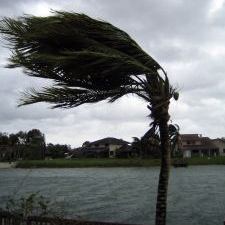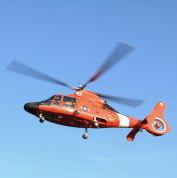 There’s lots of stuff in the news, most of it not good—surcharges are going up, fees are going up, aging airplanes. But right now it’s all about the ongoing tragedy in Myanmar, where the death toll may be up as high as 100,000 and disaster relief is being stymied by the government.
There’s lots of stuff in the news, most of it not good—surcharges are going up, fees are going up, aging airplanes. But right now it’s all about the ongoing tragedy in Myanmar, where the death toll may be up as high as 100,000 and disaster relief is being stymied by the government.
One of the people I know who is at the forefront of the relief effort is Richard Walden, from Operation USA (www.opusa.org). Like many other relief agencies, they have staff in Bangkok that is waiting for visas that haven’t come yet.
The Burmese have said they don’t want a lot of foreign relief workers in the country. That’s typical [of Burma], but the relief workers who go there would be able to get their electrical grid back up, get supplies into the country. Getting it distributed is another problem.
A lot of these areas don’t have road access—you have to get there by helicopter, which they [the Burmese] don’t have, or by small boats, many of which were destroyed by the cyclone.
But right offshore is a flotilla of U.S. Navy ships, including a helicopter carrier, which was critically useful in Indonesia after the tsunami. They have 22 helicopters on board, but the Burmese don’t want American troops or equipment on their soil.
 Burma only has two allies, China and Thailand. The Chinese were trying to help and even they said the Burmese don’t want them to send any personnel, just equipment and medicine.
Burma only has two allies, China and Thailand. The Chinese were trying to help and even they said the Burmese don’t want them to send any personnel, just equipment and medicine.
We know that Burma is an isolationist country run by a military junta for decades. I’ve always believed that you can break down those doors with travel and tourism. But in a situation like this when it’s a medical crisis, when every hour that passes more people are dying, it’s easy to feel very helpless.
In the past, Operation USA has gone into Burma on rafts across the river from Thailand, when the army burned out villagers to suppress their insurgency. Some of the relief agencies would quietly put a couple of hundred of pounds of medical supplies on these bamboo rafts, go a mile or so into Burma and then get right back out.
But now we’re talking about 7 million people being affected. Six million in the former capital that we called Rangoon [now Yangon], and a million more in the Delta region. There could be as many as 100,000 dead, compared to the 22,000 that the Burmese government estimates. If you see the satellite images, you’ll see a huge swath of it is under water, the size of Maryland.
For people who want to help … this is a years-long recovery, so please donate to Operation USA or another charity. There are about 50 other American relief groups that are trying to help and we will get in. This is such a large disaster that’s going to be sustained and the critical time is the first two weeks.
How you can help:
- Operation USA
www.opusa.org - Unicef
https://www.supportunicef.org/site/pp.asp?c=9fLEJSOALpE&b=1023561 - Red Cross https://www.redcross.org/news/in/profiles/Intl_profile_MyanmarCyclone.html#HelpNow
- Salvation Army
https://www.salvationarmy.org/ihq/www_sa.nsf - World Vision
https://www.worldvision.org/Worldvision/eappeal.nsf/egift-disaster-response-southern-asia-cyclone-relief
From Peter Greenberg Worldwide Radio – May 10, 2008
Check out more entries from Peter’s blog, the Travel Detective Files.
Find out more ways to help the world with our Voluntourism page.












